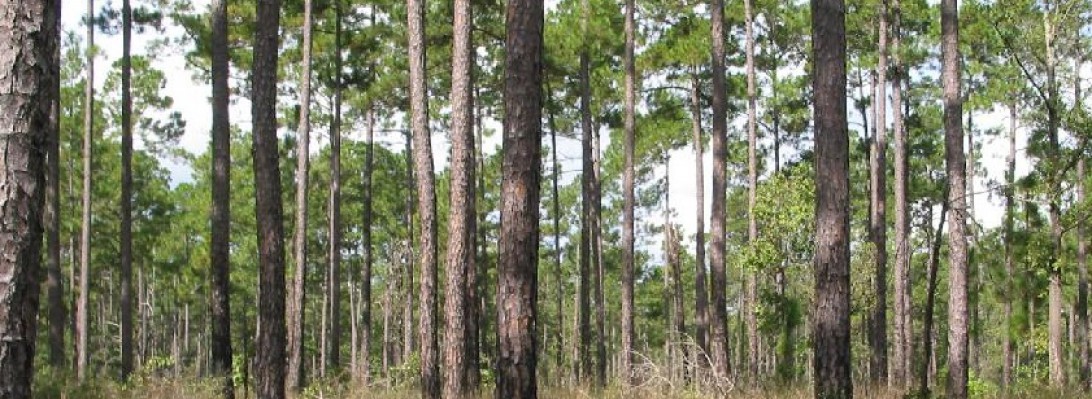NAMING
Scientific Name: Chionanthus virginicus
Family: Oleaceae
Common: old man’s beard
HABITAT
Native
Habitat: Mesic sites, gets up into dryer sites
Range: Virginia -> Louisiana
TREE TRUNK
Size: 30 ft tall
Bark: – thin, tight
LEAVES
simple
opposite
papery
elliptical shape
margins are entire
glaborous
peticle have a darker coloration with grove on the top
REPRODUCTION
Flowers: long, lacy, white flowers
Fruit: blue/black feed
USES
Wildlife – eat the fruit
Commercial – ornamental
TOLERANCES
Shade: yes
Salt: no
Fire: low
Flood: low
Drought: medium







